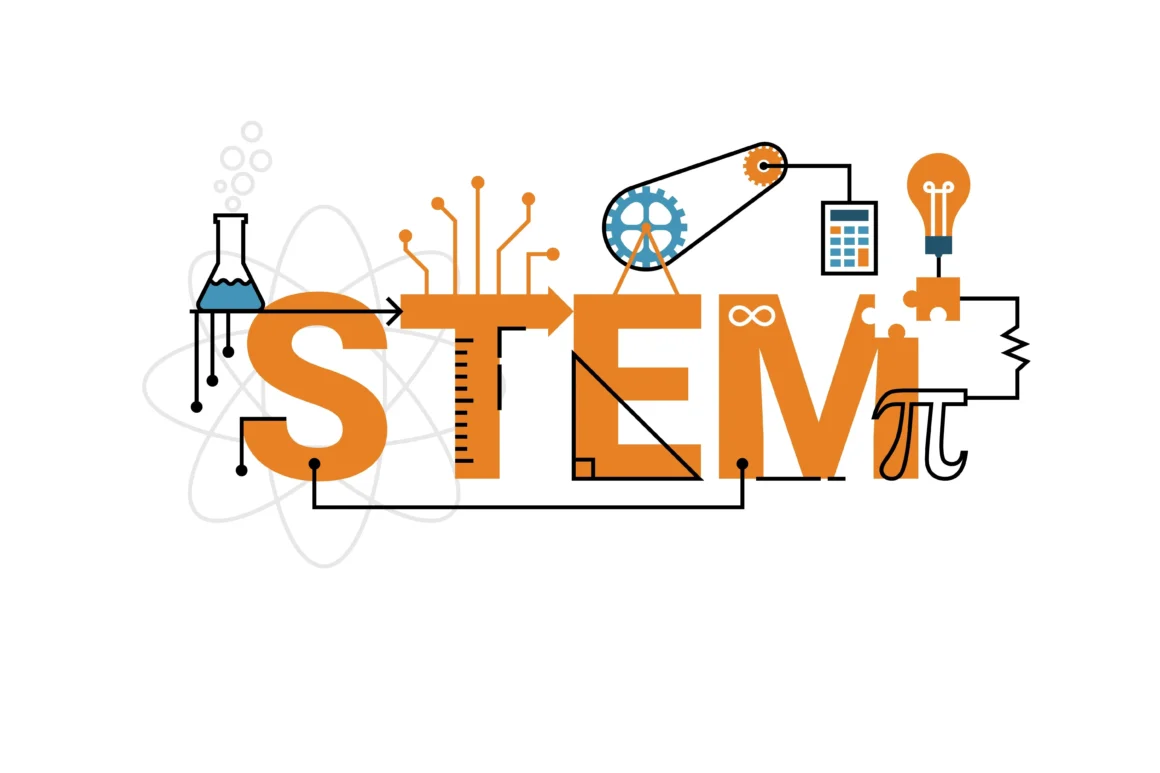Landing a job in the U.S. after graduation is every international STEM student’s dream—but navigating the complicated web of work visas like the STEM OPT and H-1B can be a confusing, nerve-wracking journey. The good news? There are smart workarounds and lesser-known strategies that can dramatically increase your chances of securing a long-term role in the United States.
One of the most underutilized yet powerful hacks is leveraging university-affiliated jobs that sponsor you. Whether you’re still on your STEM OPT extension or aiming for an H-1B visa, this guide will unpack everything you need to know, including university jobs that don’t count against the H-1B cap.
Let’s break it down.
What is STEM OPT Extension?
After an F-1 international student completes a degree in a STEM (Science, Technology, Engineering, Mathematics) field, they can apply for a 24-month extension of their Optional Practical Training (OPT). This allows them to work in their field of study for up to 3 years total—giving them more time and opportunities to transition into an H-1B sponsored job.
But the clock is ticking. Most students use this time to land a job that will file for their H-1B. That’s where things get tricky.
The H-1B Lottery Bottleneck
The H-1B visa is the go-to work visa for most international graduates. But there’s a catch: there’s a cap. Only 85,000 H-1B visas are issued annually (65,000 regular + 20,000 for U.S. Master’s graduates). Demand far exceeds supply, leading to a lottery-based system.
According to USCIS, for FY 2024 alone, there were 780,884 H-1B registrations—meaning less than 11% chance of selection.
So what can you do when the odds are stacked against you?
University-Affiliated Jobs: The Game Changer
Here’s the ultimate hack—H-1B cap-exempt employers. These include:
- Non-profit universities
- Non-profit research organizations
- Government research organizations
These employers can sponsor an H-1B visa any time of the year and are not subject to the lottery system.
That’s right—if you work for a university or a non-profit research institution, you can get an H-1B without playing visa roulette.
Why These Jobs Matter
These roles allow you to:
- Bypass the H-1B lottery entirely
- Start working year-round without worrying about cap timelines
- Transition later to private-sector jobs (with proper strategies)
According to NAFSA, these jobs provide a safe haven for international students, especially those on STEM OPT nearing expiration.
Common University-Affiliated Roles for International STEM Graduates
While not all jobs in universities are STEM-specific, many are tech-heavy and research-oriented. Here are common roles:
- Research Assistant/Associate in University Labs
- Data Analyst or IT support for campus departments
- Software Developer for university-affiliated projects
- Researcher at university-affiliated hospitals or think tanks
- Curriculum or Learning Technology Developers
Top Universities and Research Institutions That Sponsor Cap-Exempt H-1B
| University/Institution | Job Types Typically Sponsored | Location | Notes |
|---|---|---|---|
| Stanford University | IT, Research, Engineering | California | Strong focus on innovation & research |
| MIT | Data Science, Lab Tech, Software Dev | Massachusetts | Offers many positions in cutting-edge labs |
| MD Anderson Cancer Center | Research, Bioinformatics, Data Analysis | Texas | Non-profit hospital affiliated with academia |
| University of California System | IT, Cybersecurity, DevOps, Engineering | California | Public system with diverse roles |
| National Institutes of Health (NIH) | Biomedical, AI in Medicine, Data Science | Maryland | Federal research agency; H-1B cap-exempt |
How to Find These Jobs
If you’re wondering where to start, here’s a simple roadmap:
1. Use University Job Portals
Almost every major university has a dedicated job portal. Use search filters for “sponsorship” and “H-1B” or narrow by department (e.g., IT, Engineering).
2. Apply for Research-Focused Nonprofits
Organizations like the Howard Hughes Medical Institute (HHMI) or SRI International are goldmines for STEM grads.
3. Leverage LinkedIn Filters
Use filters like “Visa Sponsorship,” “University Research” and “Cap Exempt” in the job title or description. Many hiring managers in these institutions are open to international candidates.
4. Network at Academic Conferences
Conferences are often overlooked. Whether virtual or in-person, these events are ideal for meeting professors or research leads hiring international grads.
Transitioning Later to a Cap-Subject Employer
Here’s the beauty: once you are on an H-1B sponsored by a cap-exempt employer, you can still switch to a private company later. But, this switch is subject to the H-1B cap unless you maintain some concurrent affiliation with the exempt institution.
According to Murthy Law Firm, it’s possible to:
- Hold concurrent H-1Bs (one cap-exempt, one cap-subject)
- File a new cap-subject petition when lottery opens, while continuing with the exempt job
It’s a longer route but safer. You’re already in the U.S., working legally, and gaining experience.
Bonus Hacks for STEM OPT and H-1B Survival
1. Apply Early in Your OPT
Don’t wait until the last 6 months. Most H-1B employers begin recruitment cycles in Fall for the next fiscal year.
2. Use Multiple Employers
On STEM OPT, you can work for more than one employer. Balance a main job and a university-affiliated part-time role to improve odds.
3. Get an Attorney Review
Before filing any visa paperwork, consider consulting a qualified immigration attorney to avoid common mistakes that cause RFEs or denials.
Final Thoughts: Play the Long Game
The path to long-term employment in the U.S. for international STEM students isn’t easy—but it’s absolutely doable with the right strategy. University-affiliated jobs are more than just a backup plan—they’re a powerful visa strategy hiding in plain sight.
While everyone else is stuck in the H-1B lottery panic, you could be building a career in a research-rich environment, gaining U.S. experience, and setting yourself up for long-term residency.
So don’t wait for the odds to work in your favor—outsmart the system instead.
Ready to Get Started?
If you found this guide helpful, share it with a fellow international student. And don’t forget to subscribe for more insights on study-to-work strategies, visa tips, and job hacks that actually work.
